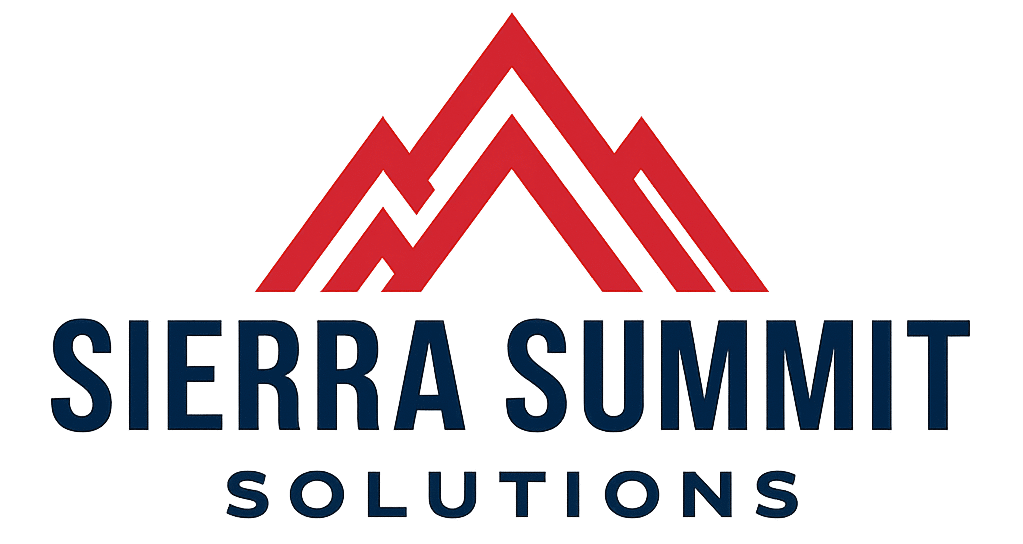Safety Services
TRAINING & CERTIFICATIONS
Services in Spanish Available
FIELD SERVICES & SUPPORT
Safety Audits
Safety audits are formal, detailed evaluations of a jobsite or facility to measure compliance with OSHA standards, company policies, and industry best practices. Unlike routine inspections, audits provide a structured review of safety programs, equipment, and work practices.
At Sierra Summit Solutions, our audits include:
- A comprehensive site walkthrough to identify hazards and gaps in compliance.
- A written report documenting observations, findings, and potential risks.
- Suggestive corrective actions with practical recommendations to improve safety and efficiency.
- Follow-up support to help clients implement changes and verify effectiveness.
By combining objective evaluation with actionable solutions, our audits not only help maintain compliance but also reduce risks, prevent incidents, and promote a culture of continuous improvement.
Regulatory Compliance
Our audits are built around OSHA standards, client-specific policies, and industry best practices. Each report provides clear documentation to demonstrate compliance during inspections or regulatory reviews.
Digital Reports Using CxAlloy
All findings are documented in digital reports powered by CxAlloy, giving clients cloud-based access to observations, photos, risk rankings, and corrective actions. This streamlined format allows for real-time tracking, accountability, and transparent communication across teams.
Corrective Action Tracking
We don’t just identify hazards, we help close the loop. Our system tracks corrective actions, assigns accountability, and verifies completion to keep your site moving safely and efficiently.
Incident Investigations & Root Cause Analysis
When a workplace incident occurs, whether it results in an injury, property damage, or a near miss, our team provides structured investigations to uncover the underlying causes and prevent recurrence. We go beyond surface-level findings to identify systemic issues and opportunities for long-term improvement.
We provide:
By addressing not only what happened but why it happened, our investigations help organizations prevent repeat incidents, strengthen compliance, and build a culture of accountability and continuous improvement.
POLICY & PROGRAMS
Our team creates customized, ready-to-use documents, including prevention programs, site safety plans, permit-to-work systems, and emergency response plans tailored to your operations and regulatory requirements. Each program is built to be practical, compliant, and easy to implement, giving your team the tools they need to maintain a safe and efficient workplace.
Accident Prevention Programs
We design comprehensive accident prevention programs that outline proactive strategies to reduce workplace incidents. These programs include hazard identification, employee training, and risk reduction measures tailored to your operations.
Site-specific Safety Plans
Every project and facility has unique risks. We develop site-specific safety plans that address local hazards, regulatory requirements, and client expectations, ensuring safe operations from day one.
Permit to Work Systems
High-risk activities require strict controls. We create customized permit-to-work processes that manage tasks such as hot work, confined space entry, and electrical lockout/tagout, ensuring work is authorized and performed safely.
Hazard Communication Programs
We build OSHA-compliant HazCom programs that align with the Globally Harmonized System (GHS), including labeling, Safety Data Sheet (SDS) management, and employee training, ensuring workers understand chemical hazards.
Emergency Response Plans
We design emergency response plans tailored to your facility, addressing scenarios such as fire, chemical spills, medical emergencies, and natural disasters. Plans include communication protocols, evacuation routes, and roles/responsibilities for staff.
Standard Operating Procedures (SOPs)
We create clear, task-specific SOPs that standardize safe work practices across your organization. SOPs ensure consistency, improve efficiency, and reduce the risk of errors during routine and high-risk tasks.
“Safety one step ahead, prevention is our best protection”
Sierra summit solutions
